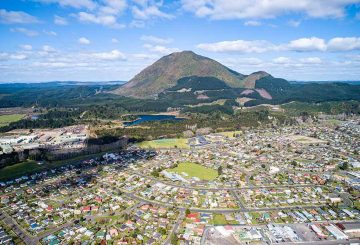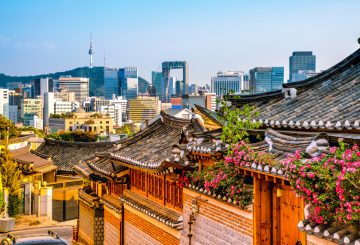지난 한 주 동안, 중국 최대 부동산 개발업체인 Evergrande가 떠안고 있는 부실채권에 대한 우려가 커지고 있다. Evergrande는 약 4,470억 달러 (미화 3,150억 달러)의 빚을 지고 있다.
중국의 가계는 자산의 60% 이상을 부동산 형태로 보유하고 있기 때문에, Evergrande에 의한 채무 불이행은 훨씬 더 광범위한 주택 시장 위기를 촉발시키고 경제에 상당한 영향을 미칠 수 있다.
만약 Evergrande가 무너진다면, 뉴질랜드의 부동산 시장에 유동적인 영향을 미칠 가능성이 높다. 뉴질랜드에 부동산을 갖고 있는 중국 투자자들이 중국에서 손실을 보게 되면, 그들은 뉴질랜드 자산을 팔아야 할 수도 있다. 중국인의 소유 비율이 높은 일부 교외에서는 시중 부동산의 수가 크게 증가할 수 있다.
수출업체들도 부담을 느낄 수 있다. 중국 소비자들이 경제적 어려움을 느끼면서 뉴질랜드 제품에 대한 수요가 줄어들 기 때문이다.
중국의 현 상황을 미국의 2008년 부동산 위기와 비교하는 부정적인 뉴스가 많지만 문제는 상당히 다르다. 2008년 미국과 달리 중국의 가계부채는 비교적 적다. 중국 정부는 상당한 재정 비축량을 가지고 있고 경제를 부양하기 위한 다양한 경제적 수단을 가지고 있다.






























































